 Shiver
Shiver, by Maggie Stiefvater, is going to remind you of
Twilight. The comparisons between the two are inescapable: the whole star-crossed, girl-meets-supernatural-boy thing is just too similar. But where
Twilight shows a certain restraint,
Shiver's characters don't remain as chaste.
Grace was attacked by wolves as a little girl -- pulled from her tire swing and dragged into the woods, she should have died. Somehow she didn't, and now she has an obsessive interest in wolves...in one particular wolf with yellow eyes.
After a classmate is killed by wolves, hunters enter the woods to exterminate the pack. Grace, terrified that something might happen to "her" wolf, manages to stop the hunt, but not before one of the wolves is shot. Arriving home, she discovers a boy on her deck, covered in blood and obviously suffering from a gunshot wound. He has yellow eyes. Somehow she knows that he is her wolf.
It is love at first sight, or at least at first human sight since all their prior contact has been inter-species. Sam moves in with Grace (her parents aren't very parental: they spend all their time acting like they don't have a child and don't notice that Sam is staying in their home, despite the fact that he lives there for more than a month).
Cold, it turns out, is what changes the werewolves into wolves. The colder the weather, the closer they get to changing until at last they change for the winter and don't become human again until spring. And eventually, they don't change back at all, living out the rest of their lives as wolves. It becomes critical for Sam to stay warm: he is close to changing and is certain that this will be his last year -- after he changes this time, he will not be human again.
The central mystery of the book is whether there's a cure for this ailment. Grace was bitten during her attack as a child, yet has never changed. She appears to have increased sensory awareness -- her wolf sense -- but she stays Grace. How is this possible? What implications are there for Sam?
Some of the writing is lyrical. It draws heavily on poetry -- Sam is a songwriter and the loss of his self-awareness when he becomes a wolf is devastating to him. He is forced by his nature as a werewolf to live in the moment. Grace, on the other hand, is hyper-responsible, a planner, and her practicality in the face of her parents' immaturity is another theme that's well handled. Their different approaches to this problem of Sam's wolfishness are part of what makes the book work.
Where
Twilight spends three full books on the "I want you-But we mustn't!" tug of war,
Shiver only draws out the suspense for about 2/3rds of the novel before Sam and Grace sleep together. I have a problem with that, given that this is targeted at 13-18 year olds. Granted, they are supposed to be soul-mates (wolves, you may remember, mate for life), and it's not explicit, but still, Grace is only 16 or 17.
Shiver's language is also rougher; more OMGs, a "bitch" or two, and one reference to "ass-kicking boots." It's relatively tame compared to the way actual high school students talk, and not at all gratuitous, but it's there.
The ending really got me, mainly because it wasn't well explained. I found myself closing the book and thinking, "How did
that happen?" I think I have made peace with it in my head, but to say that it's clear would be grossly misleading. Perhaps this is going to be explained in the sequel
Linger, due out this summer (2010).
Shiver has some nice bits -- the poetry, Sam's agony as he anticipates losing himself and Grace, perhaps forever, the way weather intrudes in and shapes the story. But I wouldn't recommend it for kids under 16, because of the sexual relationship.
And seriously consider reading this one under a blanket, because the constant references to the cold start to get to you after a while.
 A super quickie: If you have a child who is interested in the Percy Jackson series by Rick Riordan, this little book from Dorling Kindersley (DK) is good background reading. It covers the basic relationships between the Greek gods and also many of the hero myths -- Hercules, Perseus, and Theseus -- and some of the more familiar stories like Pandora, Midas, Orpheus and Daedalus. It's a nice overview that helps put the Percy Jackson books in context and makes some of the monsters and events make more sense.
A super quickie: If you have a child who is interested in the Percy Jackson series by Rick Riordan, this little book from Dorling Kindersley (DK) is good background reading. It covers the basic relationships between the Greek gods and also many of the hero myths -- Hercules, Perseus, and Theseus -- and some of the more familiar stories like Pandora, Midas, Orpheus and Daedalus. It's a nice overview that helps put the Percy Jackson books in context and makes some of the monsters and events make more sense.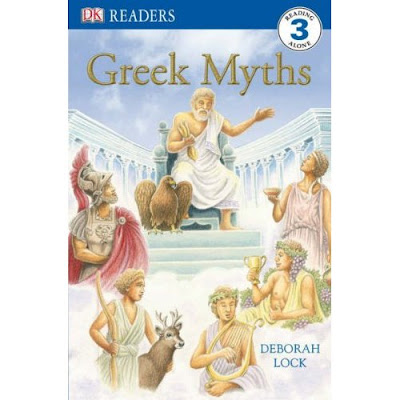

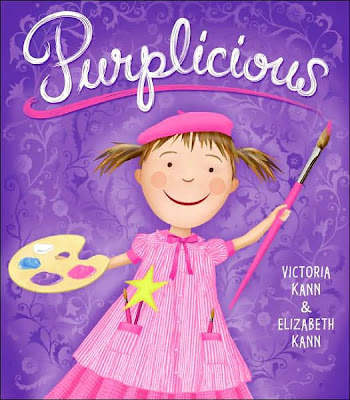

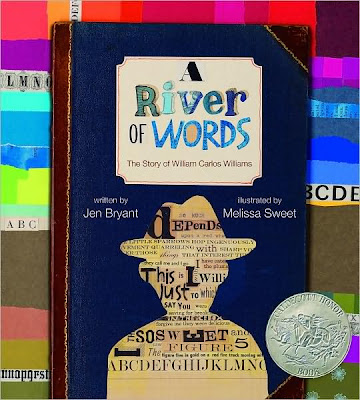



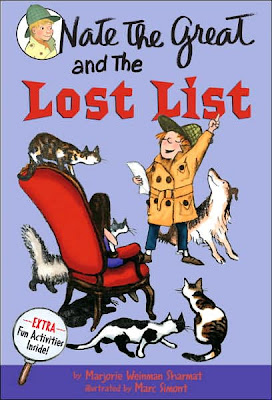


 After my last post, I got to thinking about good transitional books and wondering why I don't have more of them. So I dug into my stash of readers, which I have handily sorted into plastic shoebox bins and keep stored on top of a bookcase in my bedroom. In my box labeled "Level 3 Readers & Early Chapter Books" I found a couple Usborne Early Reading books.
After my last post, I got to thinking about good transitional books and wondering why I don't have more of them. So I dug into my stash of readers, which I have handily sorted into plastic shoebox bins and keep stored on top of a bookcase in my bedroom. In my box labeled "Level 3 Readers & Early Chapter Books" I found a couple Usborne Early Reading books.



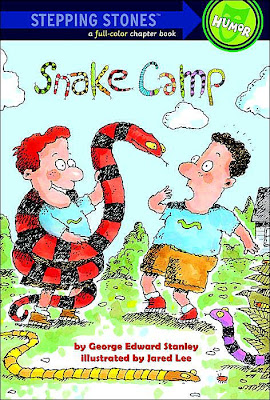


 One of the books I bought was Dragons, and I particularly liked that it referenced a number of classical sources, including Beowulf, St. George and the Dragon, and the Norse myths. Remember
One of the books I bought was Dragons, and I particularly liked that it referenced a number of classical sources, including Beowulf, St. George and the Dragon, and the Norse myths. Remember 




 There is an assumption that all children begin kindergarten at the same starting line. Any achievement they later attain is therefore a product of their intelligence, right?
There is an assumption that all children begin kindergarten at the same starting line. Any achievement they later attain is therefore a product of their intelligence, right?

 The higher up the salary scale you go, the more likely you are to take vacations. And to include places like museums and aquariums and other educational sites in those vacations. Last year we took our kids to Mt. Rushmore and Yellowstone National Park. We have also been to Arizona (where I grew up) several times and we always make a point to visit the Sonora Desert Museum. We were blessed with some generous financial assisitance from our parents; without it, we probably couldn't have done any of these things. As it was, they were a finacial sacrifice for us, but we felt they were important experiences for our kids to have. For some, though, the financial cost would be not just a sacrifice but an impossibility.
The higher up the salary scale you go, the more likely you are to take vacations. And to include places like museums and aquariums and other educational sites in those vacations. Last year we took our kids to Mt. Rushmore and Yellowstone National Park. We have also been to Arizona (where I grew up) several times and we always make a point to visit the Sonora Desert Museum. We were blessed with some generous financial assisitance from our parents; without it, we probably couldn't have done any of these things. As it was, they were a finacial sacrifice for us, but we felt they were important experiences for our kids to have. For some, though, the financial cost would be not just a sacrifice but an impossibility.
